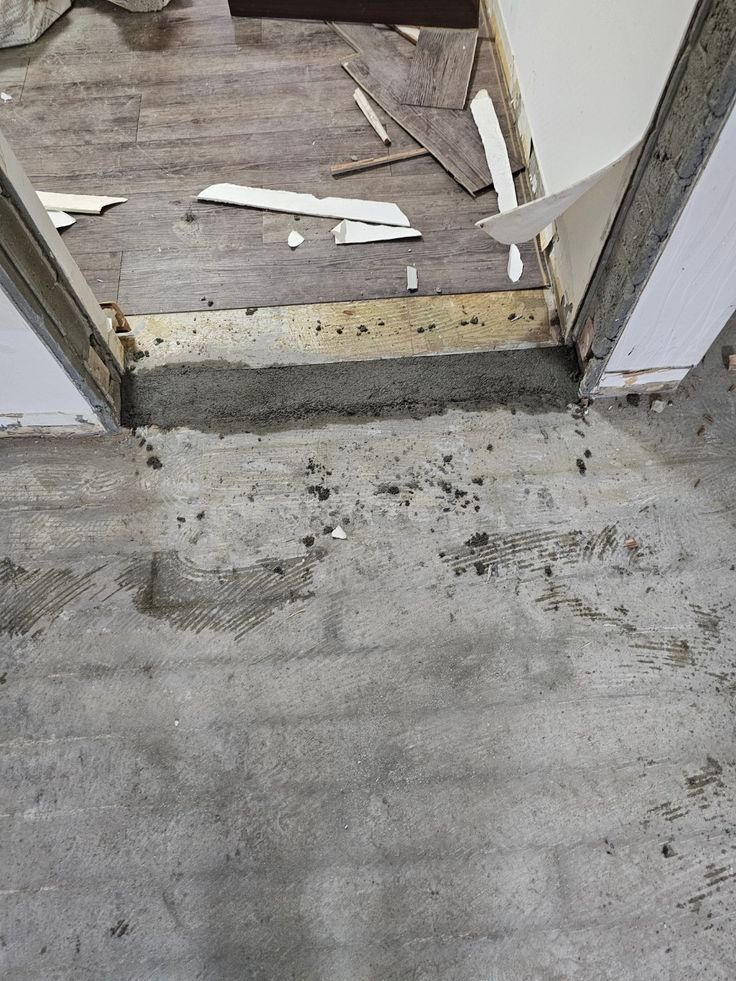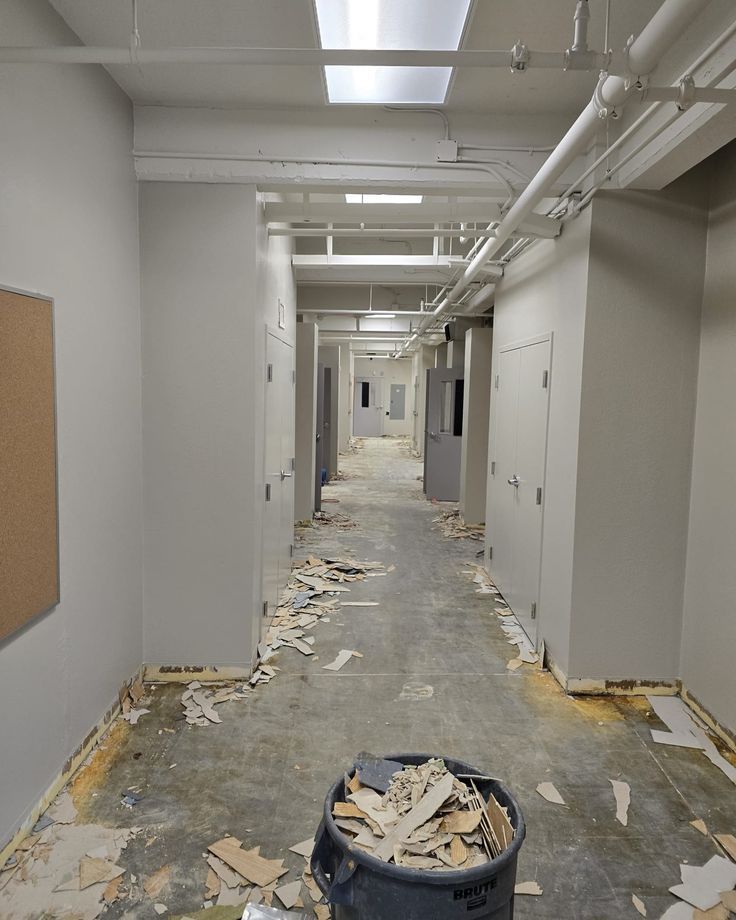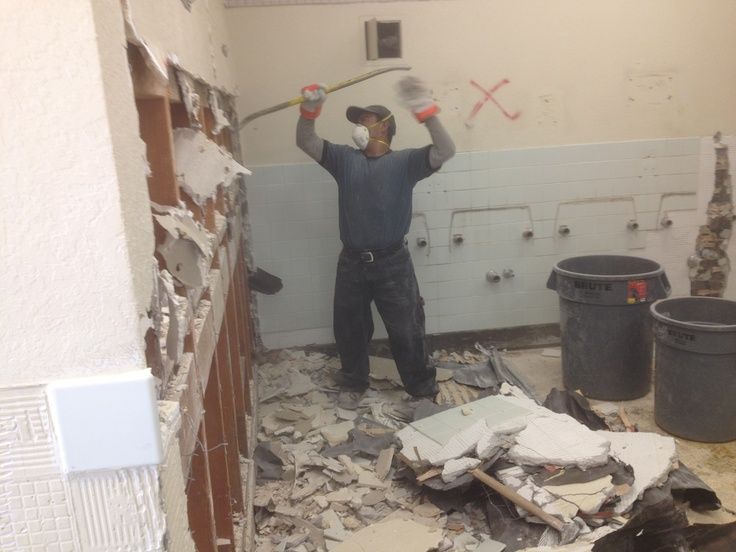Subfloor Repair or Replacement Services in Los Angeles, CA
If your subfloor is damaged, it can cause uneven surfaces, squeaky floors, and even structural issues. At Los Angeles Hardwood Flooring Company, we provide expert subfloor repair and replacement services to make sure your floors are safe and level again. We focus on fixing the problem right the first time, so you don’t have to worry about hidden damage or future repairs.
You might not always see the subfloor, but it plays a crucial role in supporting your flooring. Whether you have wood, tile, or carpet above, a damaged subfloor can lead to bigger headaches over time. That’s why we take careful steps to inspect and repair or replace damaged sections using quality materials and skilled workmanship. Our team knows the common issues homes in Los Angeles face, like moisture damage and termite problems, and we tailor our work to fit what your home needs.
If you’ve noticed sagging floors or heard unusual creaks, it could be time for a subfloor service. We make this process straightforward for you, handling everything with care and professionalism. Our goal is to restore your floors’ strength and give you peace of mind, so you can enjoy your home without worrying about the foundation beneath your feet.
Compatible Flooring Types After Subfloor Service
We provide specialized floor demolition services tailored to both residential and commercial properties throughout the Los Angeles area. Our team employs advanced techniques and eco-friendly practices to ensure efficient, safe removal of all floor types.
Hardwood and Engineered Wood
Hardwood floors need a strong, flat subfloor because they can expand and contract with changes in temperature and humidity. We ensure your subfloor is solid and level to prevent gaps or buckling later.
Engineered wood is more stable than hardwood. It works well over our repaired subfloors because it handles moisture better. This makes it a smart choice if your subfloor had minor moisture issues before repair.
Both types require proper installation, so we prepare the subfloor by leveling and securing it tightly. This helps your wood flooring stay even and reduces squeaks or movement over time.

Laminate and Luxury Vinyl
Laminate flooring is thin and clicks together, so it needs a smooth, flat subfloor to avoid damage. We make sure your subfloor is free of bumps and stable so your laminate won’t crack or separate.
Luxury vinyl, like vinyl planks, is more flexible but also demands a clean and level base. We focus on moisture barriers and patching any holes so your vinyl lays flat and resists wear.
Both are durable and good options if you want a cost-effective solution. We make sure your subfloor meets these needs to extend the life of your flooring.


Tile and Stone Installation
Tiles and stone are rigid and heavy. Even small subfloor movement can cause cracks. That is why we pay close attention to reinforcing and leveling the subfloor before installation.
We use strong materials for repair that support weight and prevent flexing. A solid subfloor reduces the risk of tile popping or grout cracking after installation.
Water resistance is key, especially in kitchens or bathrooms. We prepare your subfloor with moisture sealing so your tile or stone stays secure and damage-free for years.
Subfloor Maintenance Recommendations
Keeping your subfloor in good shape takes attention to key details. Proper care helps avoid costly repairs and keeps your floors solid and safe.
Regular Inspections
We recommend checking your subfloor at least twice a year. Look for signs like soft spots, sagging, or unusual noises when you walk. These usually mean the wood is damaged or weakened. You should also inspect after any water leaks or flooding. Even small amounts of moisture can cause mold or rot under the floor. Using a flashlight and a probe tool can help find hidden damage. If you spot problems early, we can fix them before they get worse.
Moisture Prevention Strategies
Moisture is the biggest enemy of a subfloor. We advise using a moisture barrier when installing flooring, especially in basements or bathrooms. Make sure your home’s humidity stays between 30% and 50%. Use dehumidifiers or proper ventilation if needed.
Check for plumbing leaks and fix them quickly. Standing water near or under your floors must be removed as soon as possible to prevent damage. Proper drainage around the foundation also helps keep moisture levels down under your home.
What Is Subfloor Repair and Replacement?
The subfloor is the layer beneath your finished flooring. It supports the surface you walk on, such as hardwood, carpet, or tile. Usually, it’s made of plywood or oriented strand board (OSB).
Its job is to provide a smooth, solid base. It also adds strength to the entire floor system and helps with sound and heat insulation. If the subfloor is damaged, the upper floors can warp, creak, or become unsafe. That’s why a strong subfloor is vital to your home’s structure and your floor’s performance.
Subfloor Repair vs. Replacement
Deciding to repair or replace a subfloor depends on the damage extent. Small areas of rot or cracks can often be fixed by patching or replacing just those sections.
When damage covers a large area or the subfloor is severely weakened, full replacement is usually necessary. Replacement ensures a sturdy, even foundation for new flooring. We inspect your subfloor carefully to recommend the best option. Our goal is to restore your floor’s strength while keeping the process efficient and cost-effective.
FAQs on Subfloor Repair or Replacement
We focus on identifying clear signs of subfloor damage, estimating repair times, and providing transparent costs. We also discuss the materials we use and our policies on warranties.
What are the signs that indicate a need for subfloor repair or replacement?
You might notice soft spots or sagging in your floor. Creaking sounds or uneven flooring also point to subfloor issues. Water damage and mold growth are strong signs that repair or replacement is needed.
How long does it typically take for a professional team to complete subfloor repairs?
Most subfloor repairs take between one and three days. The exact time depends on the area affected and the type of damage. We plan our work to minimize disruption to your home.
What is the average cost range for repairing versus replacing a subfloor?
Repairing a subfloor usually costs less, often between $500 and $1,500. Replacement can range from $1,500 to $4,000 or more. Prices vary based on materials, labor, and the size of the job.
Can a subfloor be repaired or replaced without removing the current flooring?
In some cases, we can work without removing your flooring, but often removal is necessary. It depends on the type of floor and extent of damage. We assess this carefully on each job.
What materials are commonly used by your company for subflooring projects?
We use plywood, oriented strand board (OSB), and sometimes engineered wood. The choice depends on your home’s needs and budget. We select durable materials matched to your flooring type.
